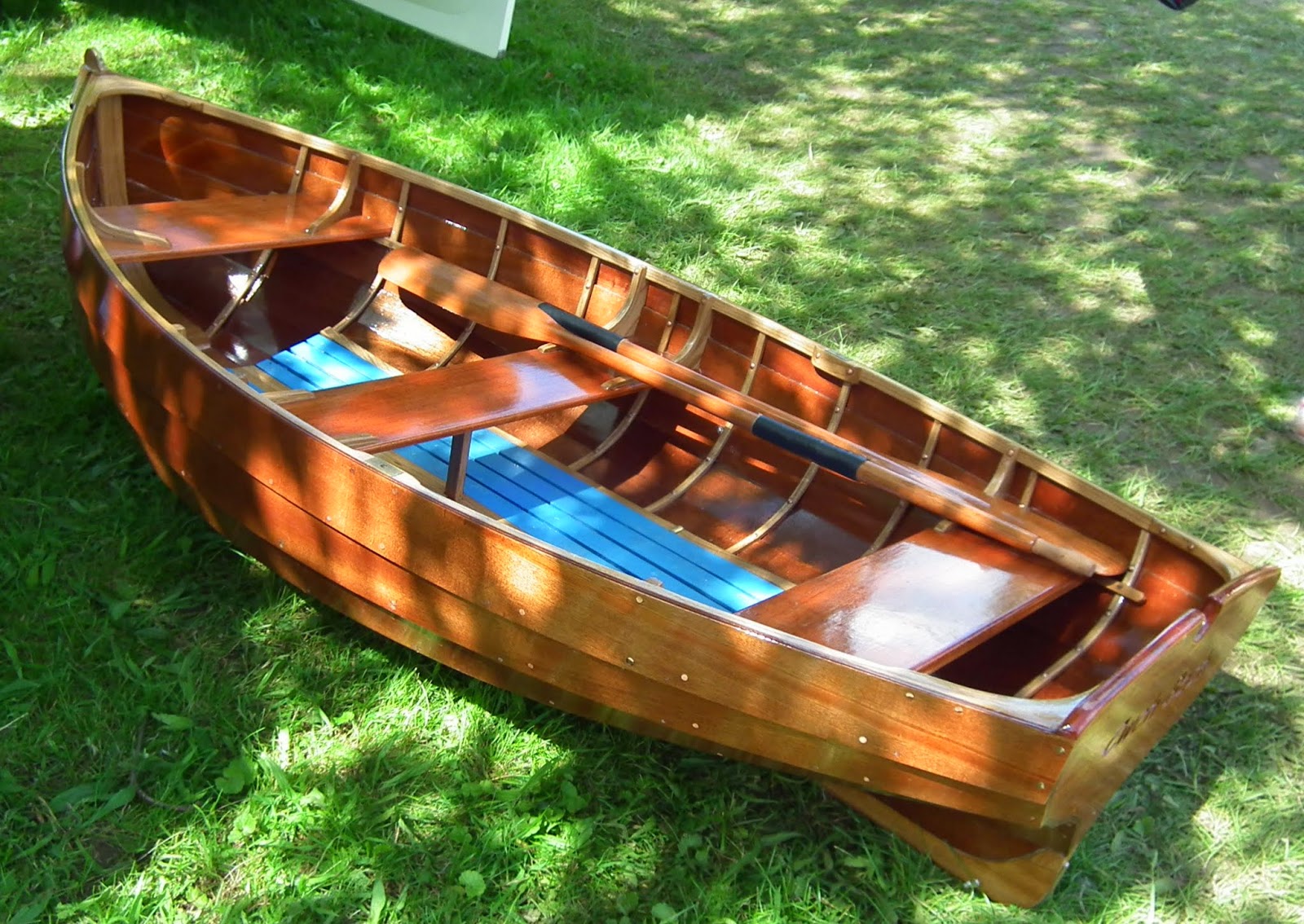The huge square outer bailey is beautifully grassed, with a cricket square, and is a complete suntrap. Yesterday we rowed there in Solent galley Sallyport and Teifi skiff Millie, for strawberries and cake.
As a destination, however, it has drawbacks. The obvious one is the distance - eight miles - but the worst one is the need to through the narrow channel that separates Portsmouth from the mainland.
Port Creek is traversed by several very low bridges including a railway bridge with several very large and very alarming notices drawing your attention to the high voltage rails. Sallyport approached it with understandable care:
 Unfortunately, we can only get the boats in or out of the water at Langstone about two and a half hours either side of high water, and it takes about two hours to get to Portchester, so you don't get much time to relax over the strawbs.
Unfortunately, we can only get the boats in or out of the water at Langstone about two and a half hours either side of high water, and it takes about two hours to get to Portchester, so you don't get much time to relax over the strawbs.We got back with about 20 minutes to spare before the water disappeared.






























